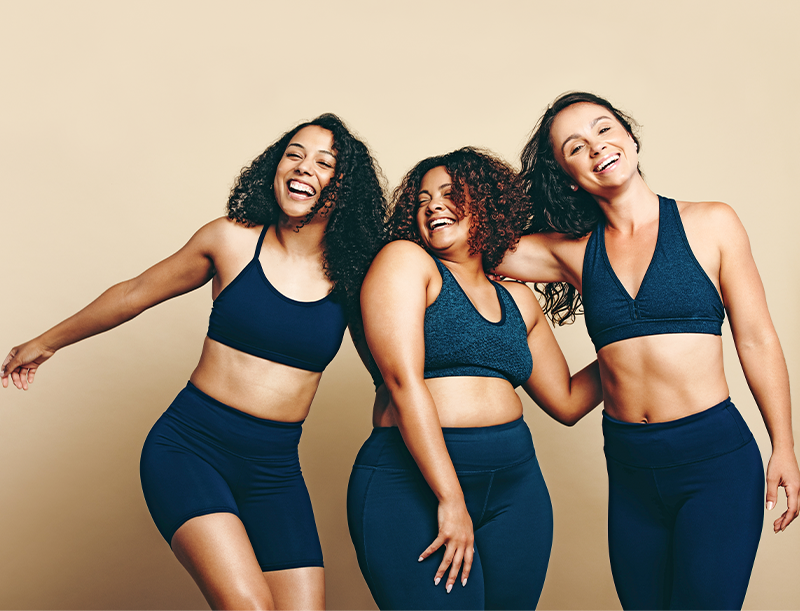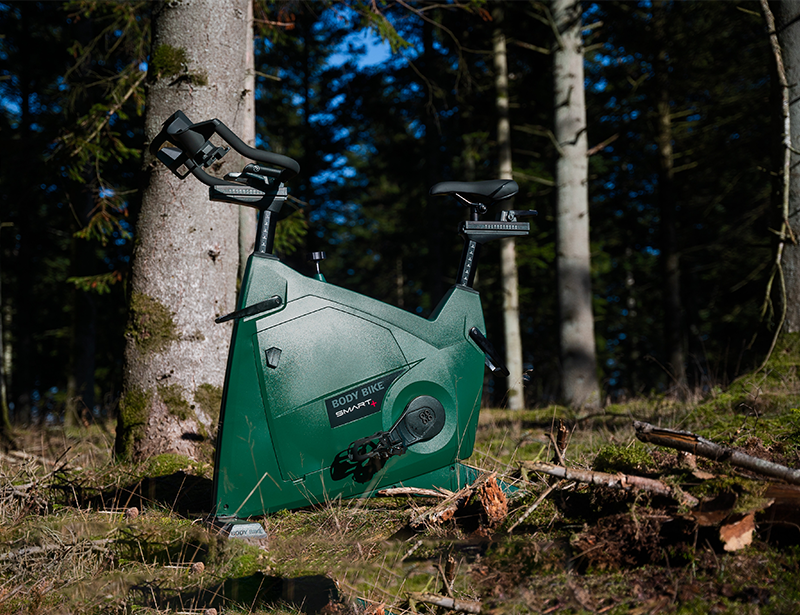Indoor cycling trends
Is recovery the new fitness?

If I think about the group cycling classes I’ve done, from rhythm to immersive to traditional ‘fitness cycling’, I struggle to think of (m)any where recovery was a real focus. There’s usually a token stretch track at the end. There are always some tracks where we pedal harder than others. But cycling concepts that have actively focused on recovery? Not really – and I started to wonder why.
We know the recovery time between workouts is key to extracting maximum gains from those workouts. Elite athletes have known that for years, and it’s presumably part of Peloton’s rationale in relaunching Peloton Yoga earlier this year. But what about recovery as an integral part of the workout experience?
Baking recovery in
What sparked my thinking was reading about a new initiative from London-based boutique operator Digme Fitness, which partnered with Hyperice during lockdown to offer at-home recovery programmes for its members. Getting in touch for this feature, I discovered this concept was now expanding in-club, with a dedicated ‘Recovery Space powered by Hyperice’ launched at its Moorgate studio last month. More on that in just a moment.
And what about during class? My thoughts moved on to Victus Soul, another London-based boutique whose founders I interviewed when the studio opened a few years back. Here, a full five to seven minutes of every HIIT class is spent on active recovery, with members educated around the importance of this. We’ve brought co-founder Paul Trendell in to share his insights as part of this RIDE HIGH discussion.
So, I started wondering, are other cycling operators missing a trick in not building more recovery into their class schedules, both from a physical and a mental health perspective? And certainly post-COVID – with many people’s fitness levels having taken a hit – might baking recovery into the programming itself make cycling more of an achievable re-entry point to regular exercise?
Our chats with experts from across the sector make for interesting reading…
A dedicated recovery space
Geoff Bamber – CEO, Digme Fitness
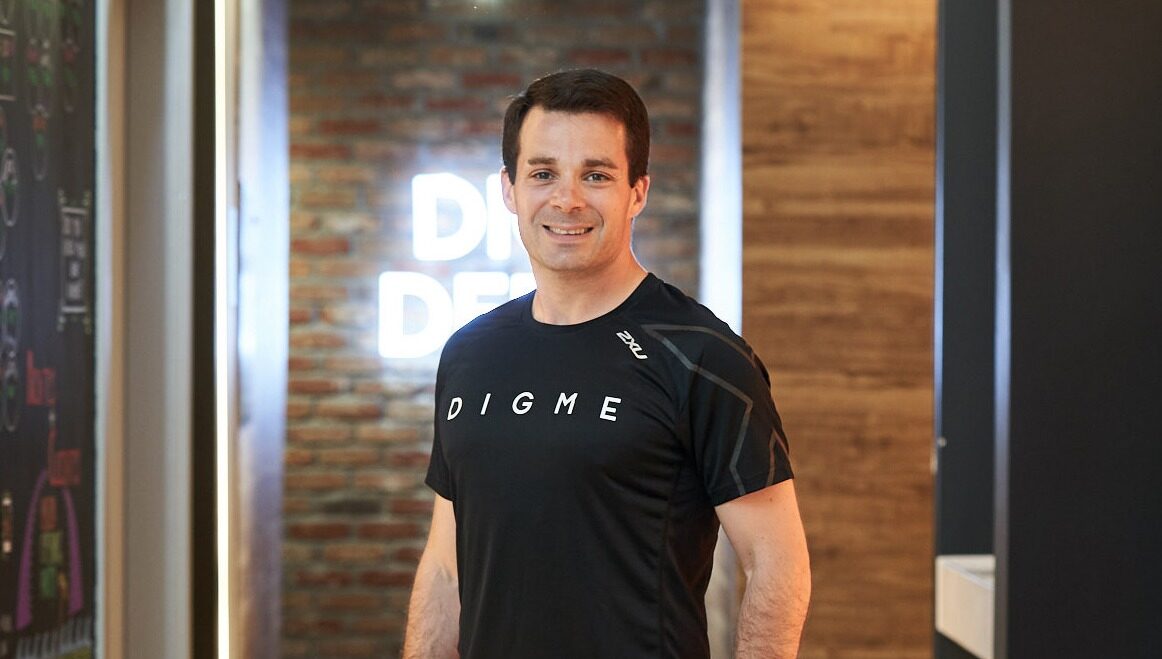
“In 2020, we witnessed an increased interest in 360° wellbeing, with our members starting to look at improving all aspects of health – not just exercise but also nutrition, sleep, stress and mindfulness. In the process, they became even savvier about their workouts and the tools needed to maximise and improve their performance. Recovery is, of course, a key part of that.
“Our digital fitness director Dan Little sums it up perfectly when he says: ‘We so often neglect the need for recovery, yet it provides us with the biggest advantages when approached correctly. I would actually go as far as to say that you don’t need to train more. You need to recover more and maximise your lifestyle with purpose and confidence through recovery training.’
At-home origins
“We therefore partnered with Hyperice – a brand that’s safely brought technology previously reserved for elite athletes to the mass market – to launch a new ‘Recover with Hyperice’ concept to our Digme at Home offering during lockdown. This was introduced in December 2020 as a series of on-demand videos focusing on activation, maintenance and recovery.
“Using the Hyperice Hypervolt percussion gun – which we sell through the Digme Shop – and led by Digme instructors Dan, Ben, Kate and Chloe, the guided sessions range from four to 24 minutes.
“We had thousands of members taking part in Digme at Home classes throughout lockdown, so our ‘Recover – Powered by Hyperice’ sessions were designed to complement these, each targeting different muscle groups so members could choose the most suitable one based on their activity.
“The launch went incredibly well – we sold out of the products in the first week – so we’ve now brought recovery into our studios, too. Our members want to be able to work out more frequently, avoid injury and maximise their performance. Our focus on recovery supports this.
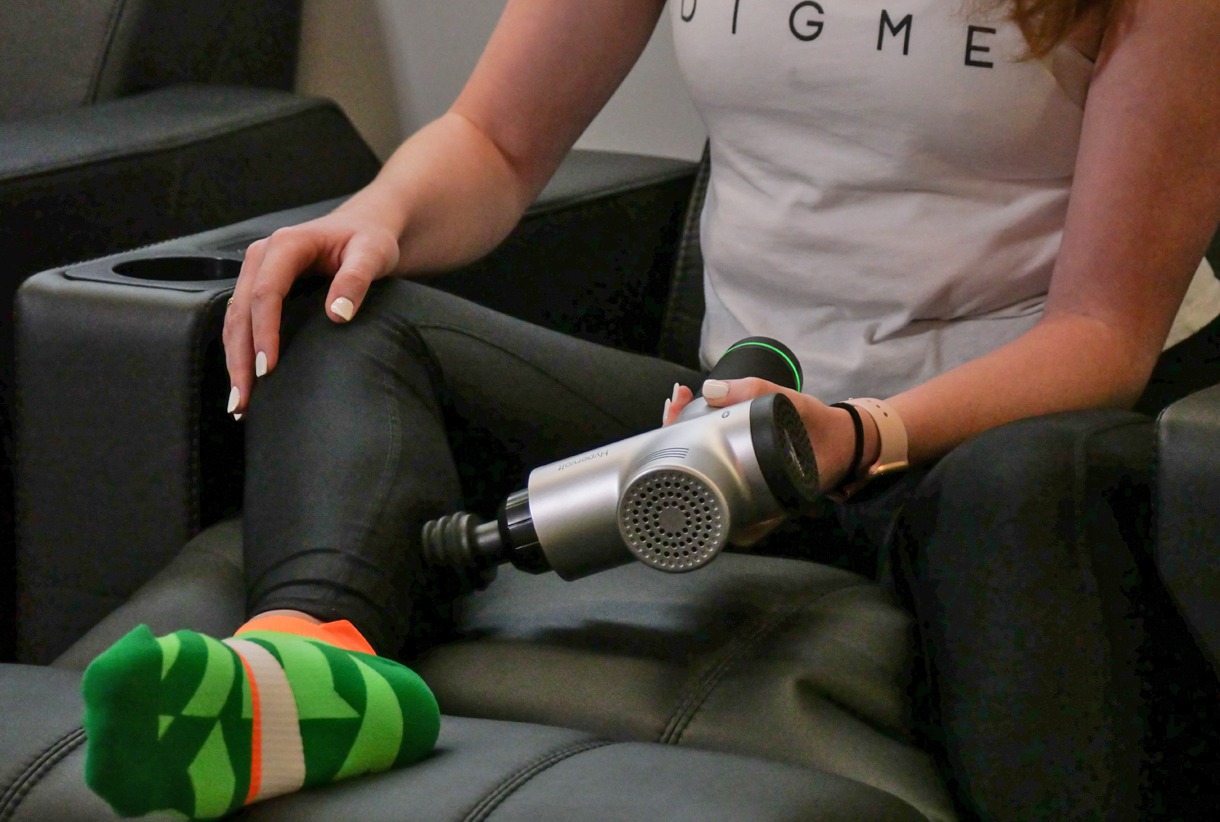
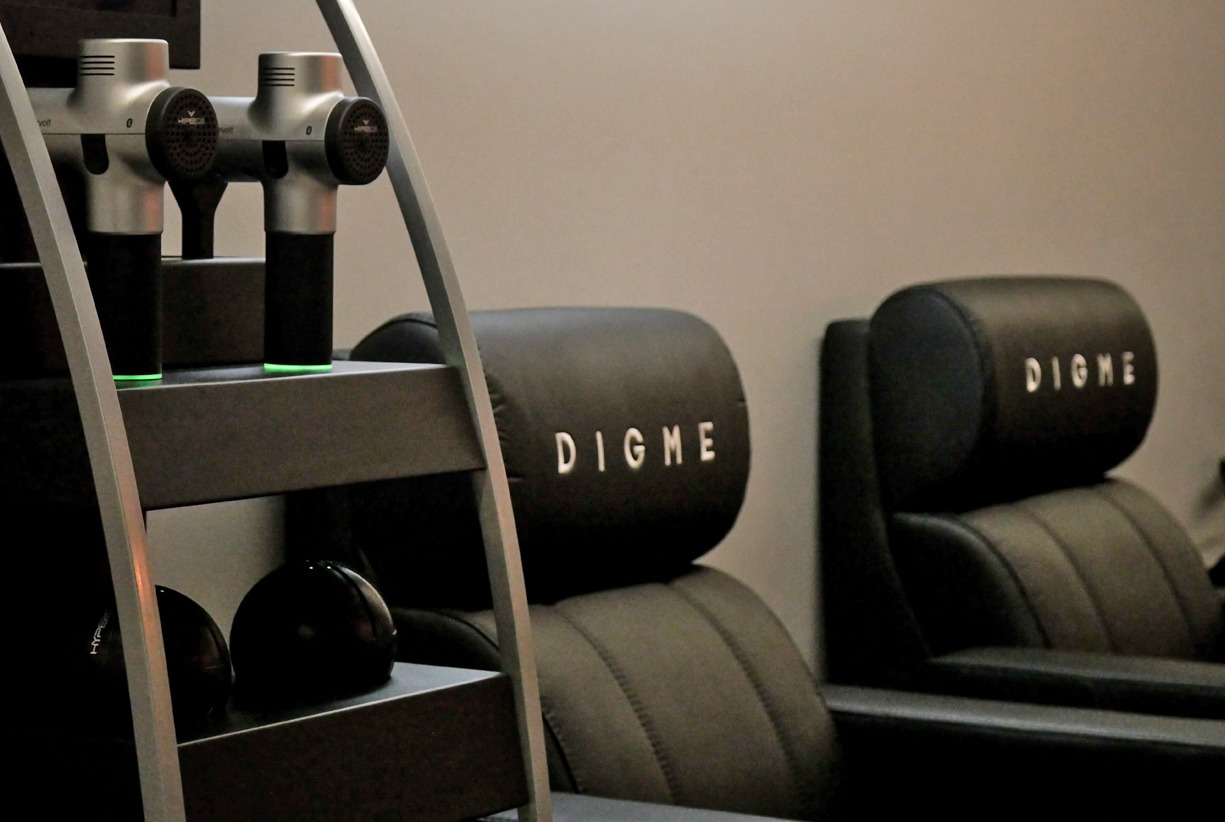
A new recovery space
“Last month, we launched a new Recovery Space in our Moorgate studio – a first for London. It’s an open space with two Digme-branded lazy boy recliner chairs, each with their own Hyperice Normatec system. This uses dynamic air compression to deliver a restorative leg massage, bespoke to the user’s needs, that’s been shown to increase circulation and improve recovery rates.
“We also provide noise-cancelling Urbanista headphones so members can zone out and enjoy their recovery session in peace.
“Our members want to be able to work out more frequently, avoid injury and maximise their performance. Our focus on recovery supports this.”
“With a retail price of £1,195, the Normatec product isn’t as affordable for members to purchase for home use, but recovery is so important to our members that we wanted to make it available in-studio. We’ve initially launched with a 25-minute session that costs one class credit (£22 for a single credit; reduced rates for credit packs) and are creating content – in collaboration with the Hyperice team – to educate our members on the benefits of recovery for their training.
“In our other studios, we’ve introduced Hyperice Recovery Towers: two Hyperice Hypervolt percussion guns, two Hyperice Hypersphere vibrating massage balls and two Hyperice Vyper vibrating fitness rollers. Members can use these for free between scheduled classes, with our on-demand recovery sessions still available to follow through the Digme app.”
Recovery for health
Odile Philipson – Group cycling instructor & Vinyasa Yoga teacher
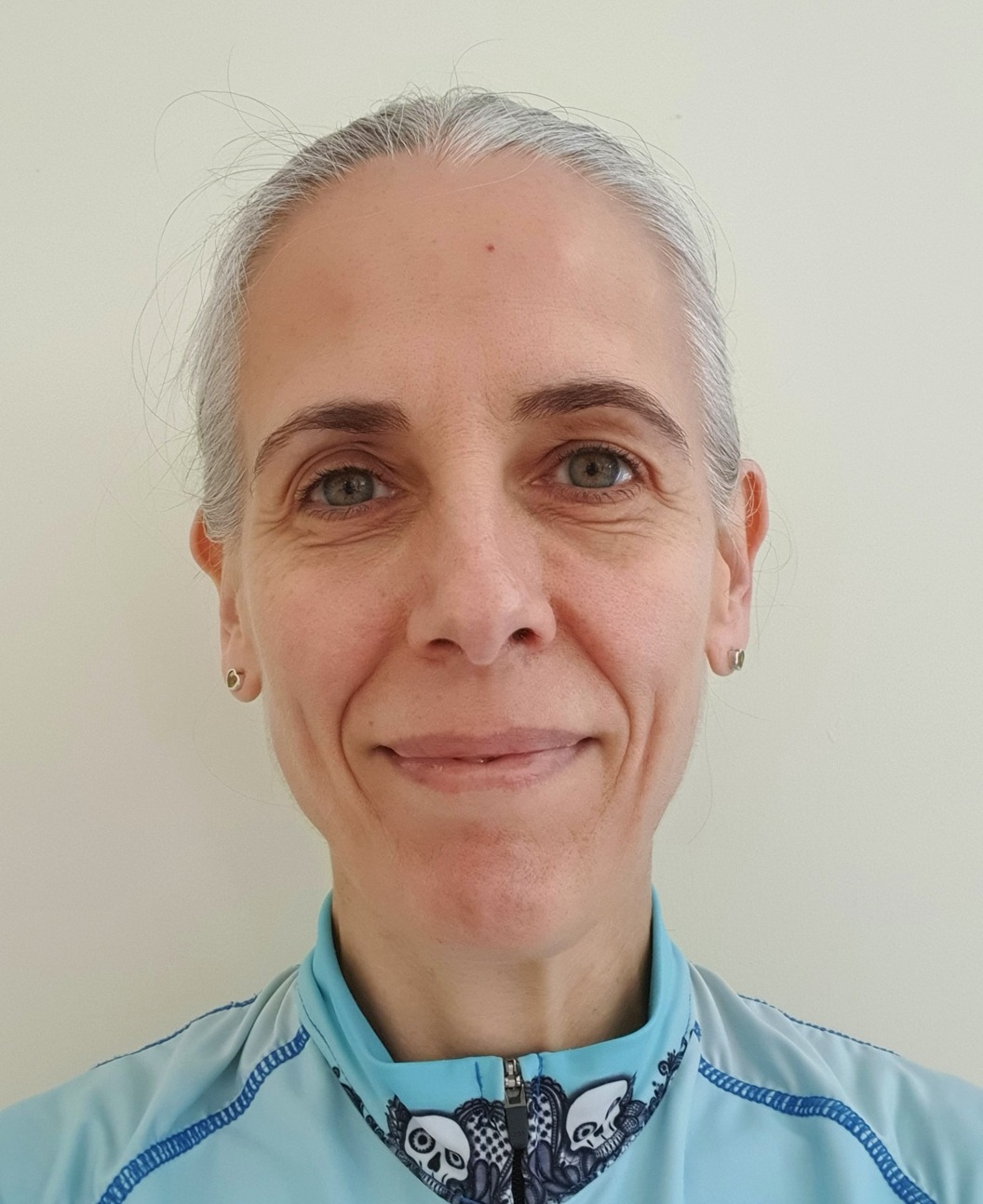
“We cannot live at 100mph permanently. We cannot push our bodies (and brains) all the time without repercussions. For every action, there’s a reaction.
“I start with that principle and I ask myself: ‘When I make the class do X working zone, what effect does that create in their bodies? What do they need to be able to continue in an optimum manner after that zone?’
“Active recovery phases do that job, giving enough time to recover without cooling down too much. Post-training recovery, even a post-cycle yoga class, completes the reset of body and mind.
“It’s why I use recovery zones at various stages of each class, giving members the tools to achieve the training and feel great at the end.
Integral to the programme
“To integrate active recovery within an indoor cycling class, it helps to understand aerobic vs anaerobic training zones and how the body handles each. It also helps, as an instructor, to remember that members’ bodies will respond differently from yours. I encourage everyone to listen to and respect their bodies, accept there will be good and bad days, and recognise when to push and when not.
“I always instruct extra recovery time for beginners, too: ‘If you need to take a break, here’s a good place for it. If you want to stay with me for a more active recovery, continue at ‘X’ RPM.’
“How I choose the active recovery length depends on the effort theme of the class: pyramid training, endurance training, Russian steps, neuromuscular intervals, a mix of endurance/ hills/ sprints… All require different active recovery lengths.
“Cycling studios are high-energy places where egos wind themselves up into a tizz of competitiveness”
“For example, if we’ve just done a pyramid section and I know there’s another coming, I’ll make the class take a four- to five-minute recovery. Without this, they won’t be at their optimum – in terms of heart rate, lactic acid or rate of perceived exertion – to give their best effort in the second pyramid. They’ll find it too hard, give up on the effort and not have that happy feeling of achievement at the end.
A need for education
“It can be a hard message to promote, though, because group cycling studios are high-energy places where egos and minds wind themselves up into a tizz of competitiveness. I do my best to guide everyone through the correct zones in a controlled manner, but not everyone will listen.
“Indeed, before I’d built up trust among my regulars, I could feel the energy in the room change when I made participants take a longer mid-class break than they were used to. Two minutes into the recovery, I could almost see a ‘this is boring’ thought bubble above some of their heads, and they’d start pedalling too hard again.
“Equally, though, I could also see the discrete nods of agreement from triathletes and road cyclists, as they already appreciated the importance of active recovery – of reining in your ego for long-term health and fitness.
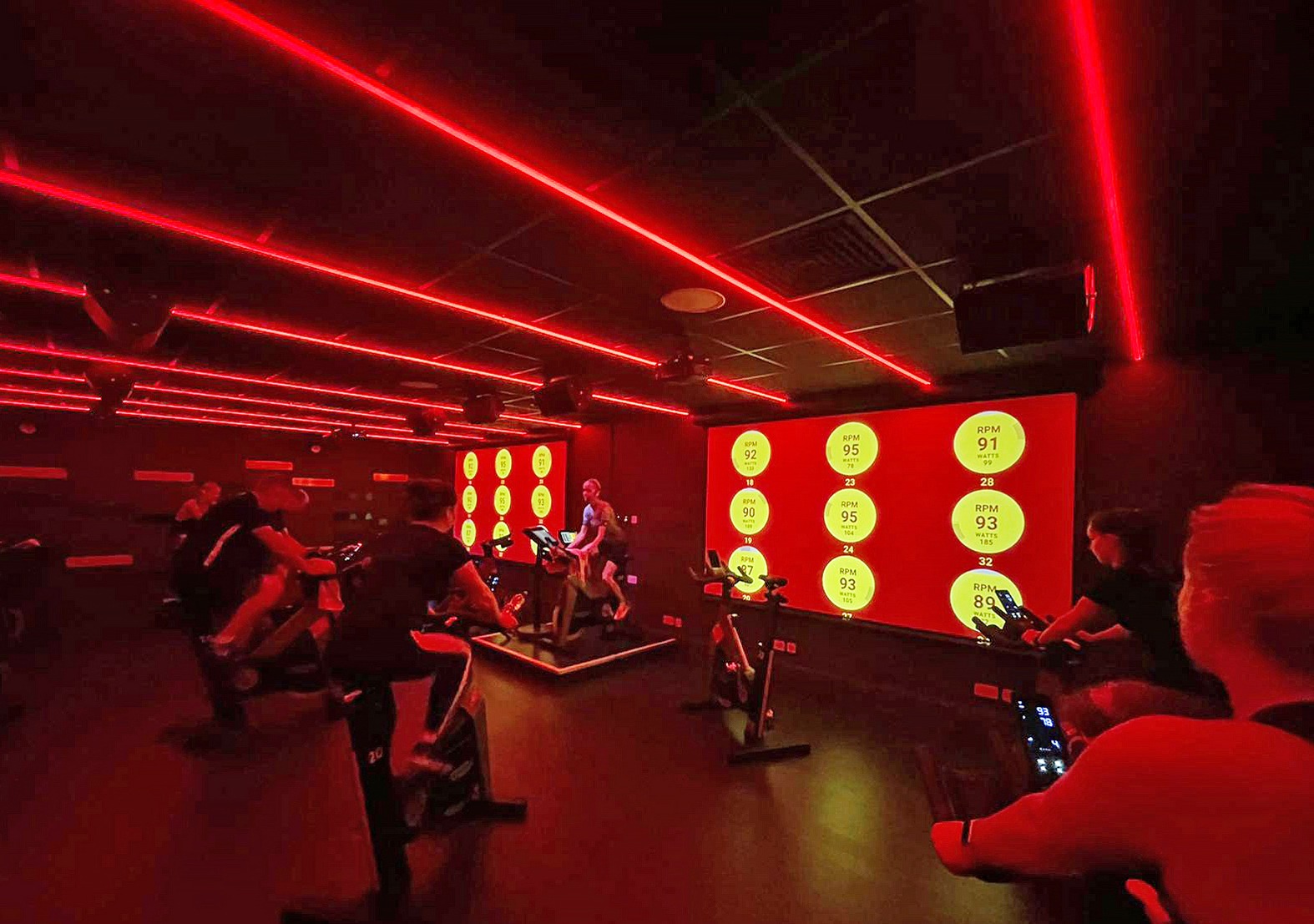
“During longer recoveries, I therefore explain the ‘why’ – I call it ‘the science bit’ – and remind members of what’s coming in the next working phase. When we’re halfway through that work and I remind them of the long recovery, they understand why we did it!
Achieving balance
“Ultimately, recovery is part of training. It makes you stronger, keeps you safe from injury and protects your immune system. All the top athletes and coaches know this. We have to adapt it for recreational indoor cyclists, but the science and logic stands whoever you are.
“Recovery is an almost invisible investment. It requires education, a leap of faith and a long-term vision”
“In fact, recovery is arguably even more important for the amateur than for the professional. A professional can be supported with regular massage, coaching, monitoring for anomalous physical response, training programmes with integrated recovery which may include enforced rest. Amateurs’ bodies and minds are dealing with a job, potentially sub-optimal nutrition, stress and fatigue from other areas. They come to class to forget their troubles, get fit and finish up feeling good about themselves. Recovery in the right places will help them achieve that.
“So, I do hope the future culture of cycling won’t just be about who has the highest Watt output or the fastest sprint RPM.
“Recovery is an almost invisible investment, though. It requires education, a leap of faith and a long-term vision.”
Fusing mental & physical health
Veronika Becker – Area station manager, FIRE Fitness
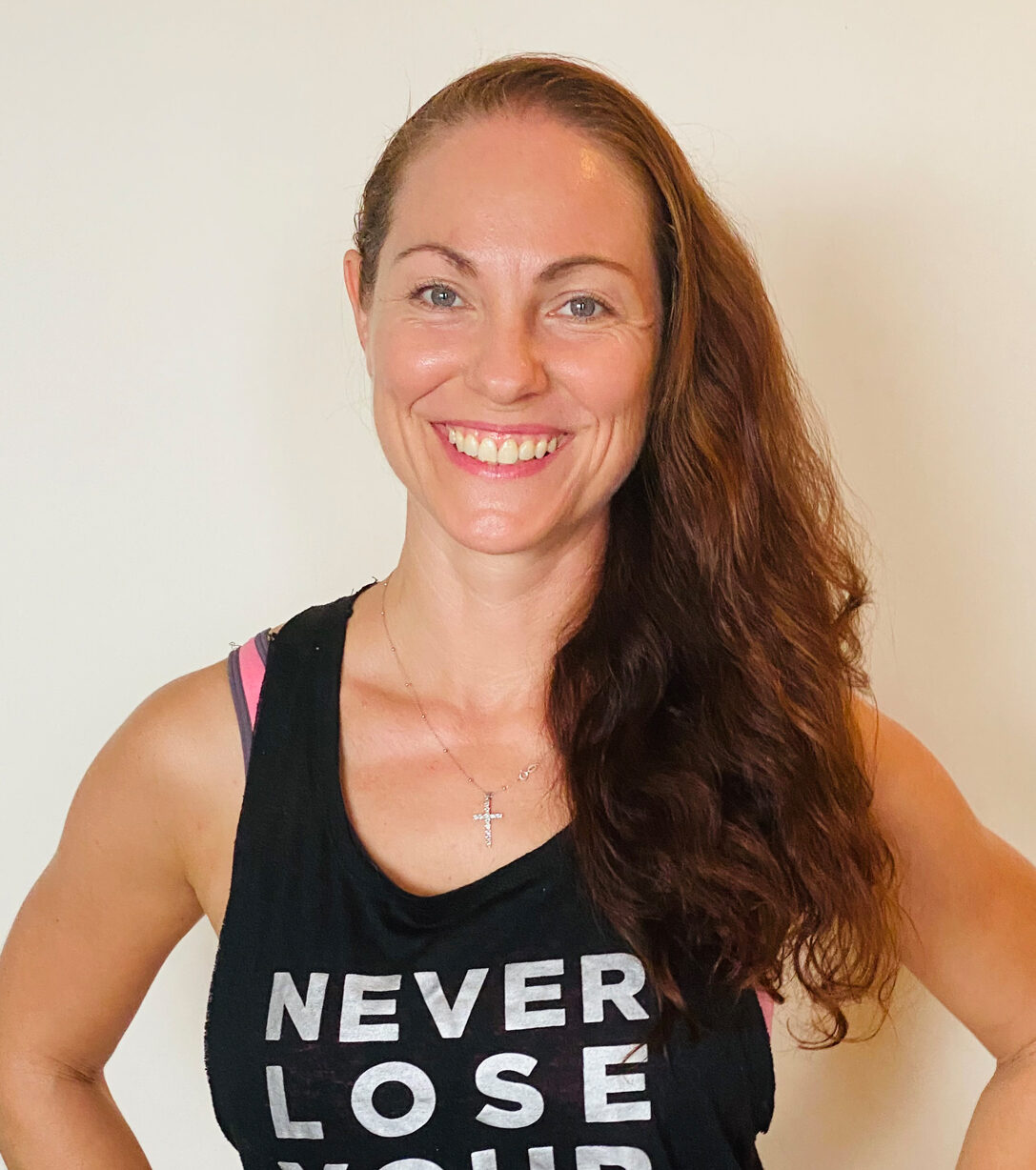
“Recovery is so important after any HIIT session, ensuring you stretch out the muscles that have become compacted during the workout, but it’s especially important after a cycling class. Sitting on a bike, you’re in a forward lean with your hip flexors doing most of the hard work. If you also work at a desk, you’ll be in a similar position for most of the day, making it even more important to stretch.
“But not everyone realises this, or wants to do a pure recovery class, which is why we created RIDE YOGA – a class that focuses first on your cardio, with 30 minutes of heart-pumping sprints and climbs on a bike, then 15 minutes of FIRE Yoga.
“The way we see it: not everyone will use up a class credit for a recovery class, but if they do RIDE YOGA, they at least get 15 minutes of it.
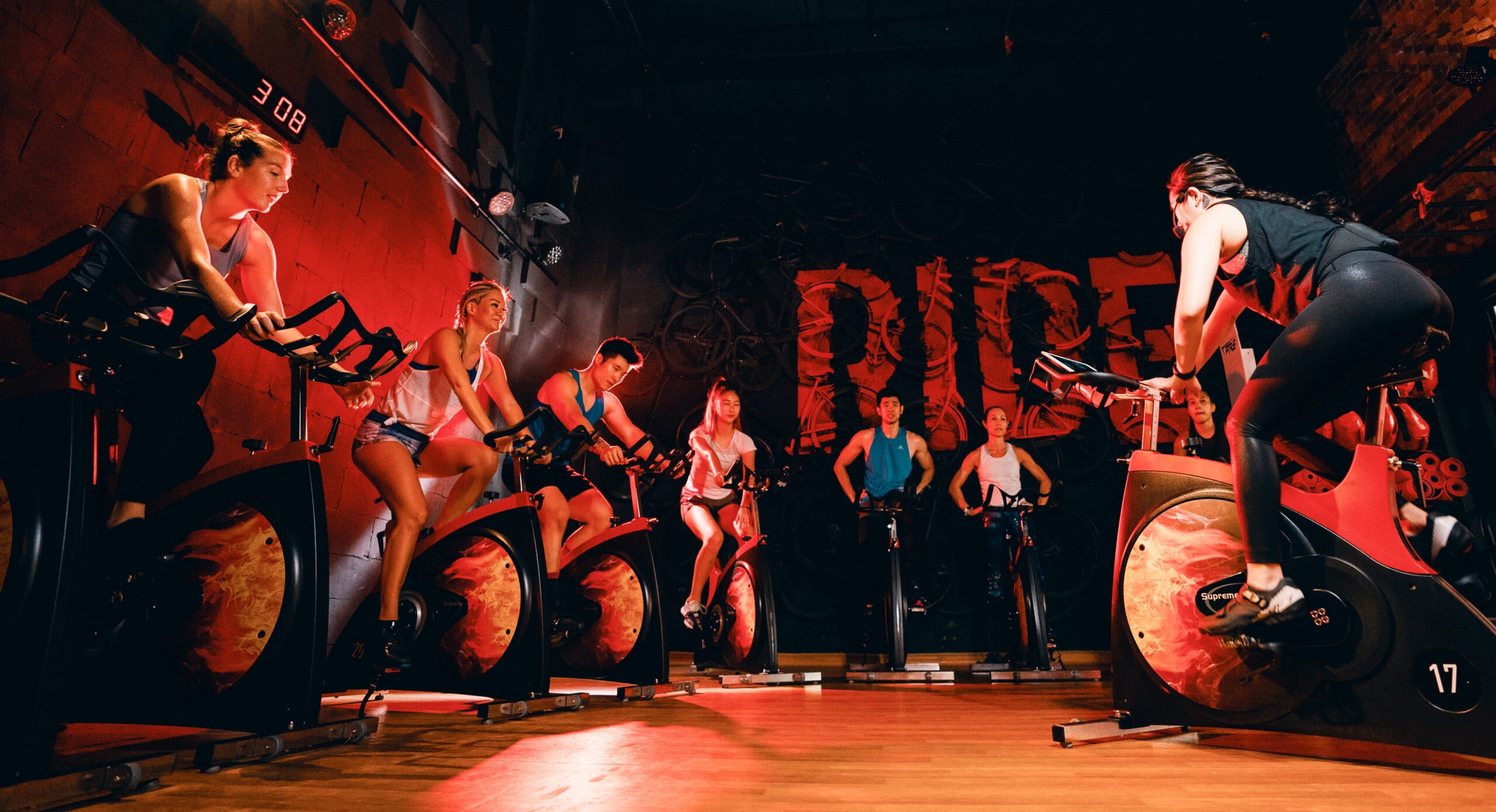
Yoga for all
“In RIDE YOGA, there’s an element of recovery between songs during the ride, but really this 30 minutes is about pushing yourself. It’s only in the final 15 minutes that we celebrate the wins, cool down and stretch. That’s enough to reduce lactic acid and soreness, eliminate toxins, keep muscles flexible, increase blood flow and focus on yourself.
“Our trainers decide which yoga movements to do based on the intensity of the ride and how much yoga experience participants have. We generally focus on simpler moves, though, as the class attracts lots of people who don’t normally ‘do’ yoga.
“Not everyone will use up a class credit for a recovery class, but if they do RIDE YOGA, they at least get 15 minutes”
“The moves also vary by time of day. In the morning, a smooth, easy flow lengthens and resets the body after RIDE, bringing energy and balance to start the day. In the evening, we opt for something a lot more restorative; the ride uses up whatever energy we have left from the day, then we go to the mat to ease physical and mental tension, helping us start the next day feeling fresh.
“We use recovery-orientated vocabulary throughout the 15 minutes and don’t make it too spiritual; the words you choose as a trainer are so important in creating the right mental images. Most trainers set a topic for the day and focus on that, with a few mindful reminders, and we find fans enjoy the educational element.
“For some of the men in particular, it’s their only yoga for the week, but the stretching means they aren’t sore the next day and are ready to train again. They get more out of every workout and report fewer injuries.
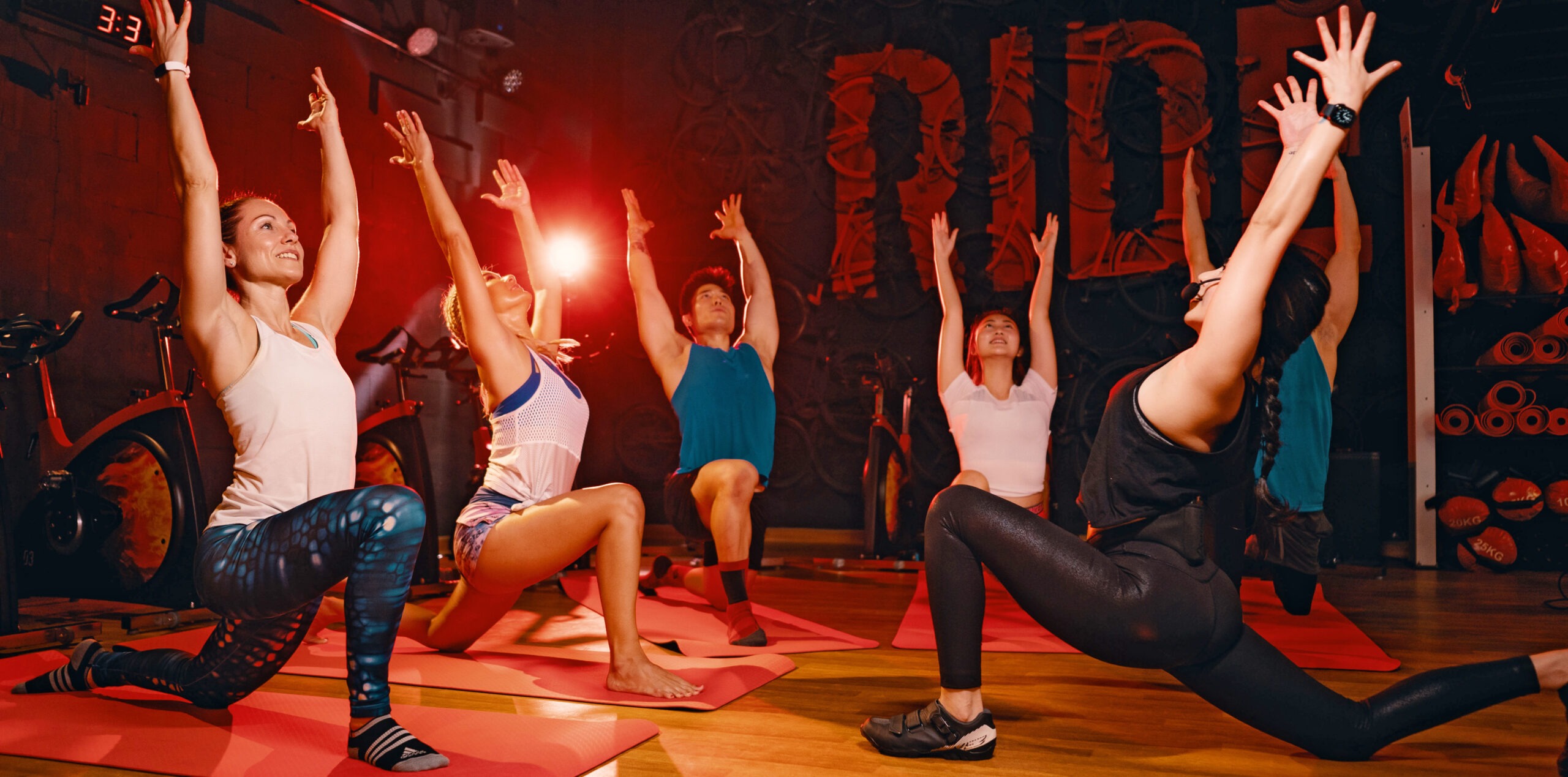
Mental meets physical
“And this is so important to understand: if you do the same exercises repeatedly, you end up with imbalances in your body that increase the risk of over-use injuries. That’s bad news for members, whose workout routines take a hit, and bad news for operators, because it can create negativity towards your programmes.
“Since lockdown, fitness enthusiasts are looking to combine their physical and mental wellbeing in one class”
“It’s why we take recovery very seriously and continuously educate our fans, and we’re finding interest in recovery classes is rising.
“As a result, I recently created a class called REGENERATE, which is completely focused around stretching, fascia release and core strength for stability. We use foam rollers, balls and yoga movements, and are about to take it to the next level by introducing Hyperice massage guns and Hypersphere massage balls. We run these classes at the weekend and are over the moon with how they’ve been received to date. Once people realise how good it makes them feel, they usually come back for more.
“Another interesting trend is the growing number of people who, since lockdown, have recognised the deep connect between physical and mental health. We’ve experienced a rise in fitness enthusiasts looking for ways to combine their physical and mental wellbeing in one class, rather than as two separate activities. If you, as an operator, can offer a hybrid class that embraces both mental and physical, I believe you’ll be able to satisfy a market you may not have attracted before.”
EXPERT INSIGHT
Do HIIT responsibly – Paul Trendell, co-founder, Victus Soul

“When we first came up with the Victus Soul concept – combining running, boxing, HIIT and recovery – the idea that people would spend up to seven minutes on recovery at the end of a HIIT class was unheard of. The norm was a couple of minutes of cool-down.
“We deliberately set out to do things differently, with the final five to seven minutes of every Victus Soul class dedicated to active recovery built around a primal movement flow.
“Why? Because proper recovery is crucial for continual improvement. That’s as true for indoor cycling as it is any other form of high-intensity exercise.
“Active recovery reduces the build-up of lactic acid and minimises post-exercise stiffness, helps alleviate fatigue, promotes blood flow to joints and muscles and allows some recovery time for the mind, too.
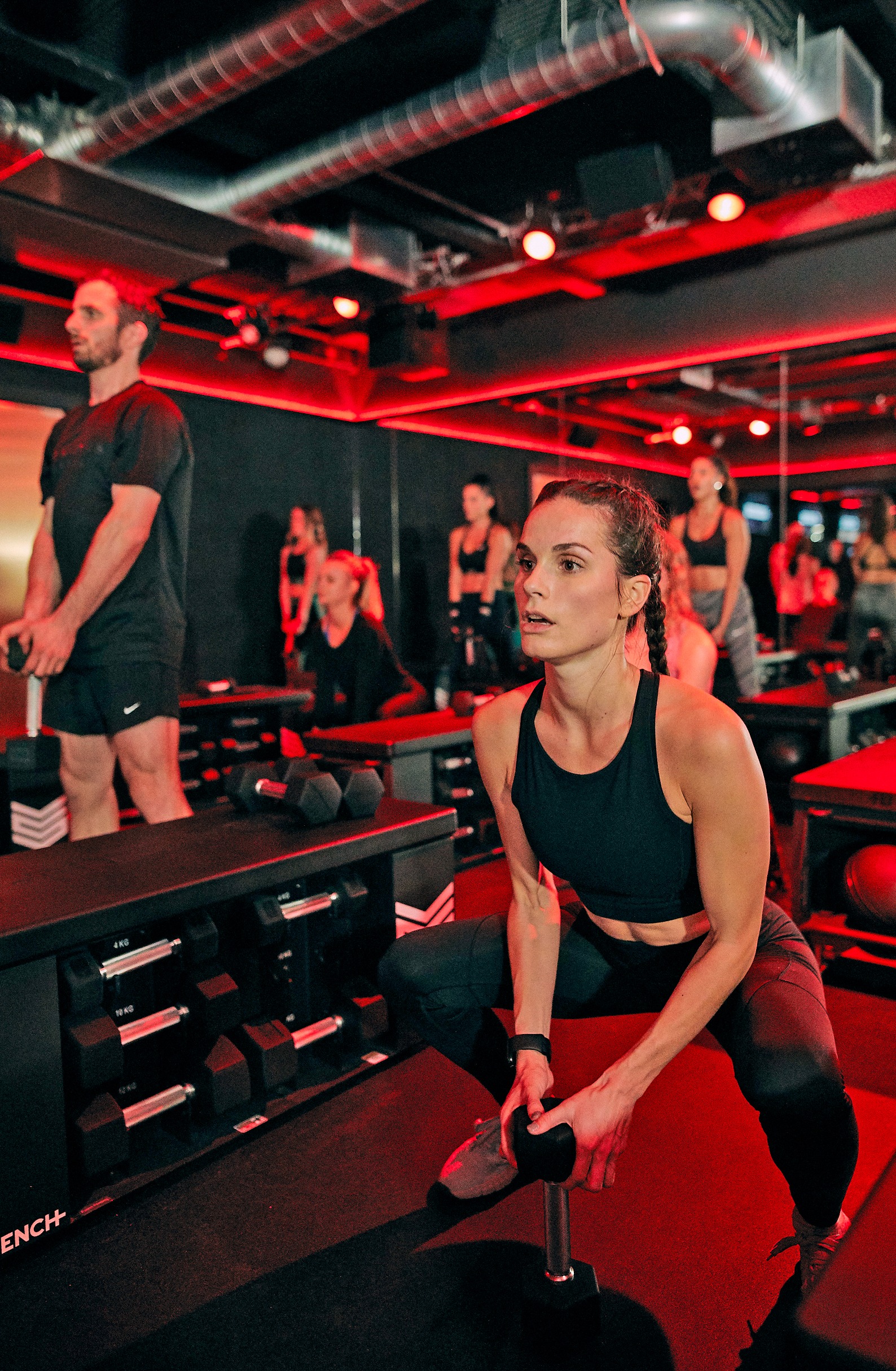
“But it does require education. At the beginning, many people dismissed the idea of spending so long on recovery and would leave before the end of class. Very few people do so now, though. They’ve come to appreciate that, given the appropriate rate and type of recovery, higher training volumes and intensities are ultimately achievable without the detrimental effects of over-training. They’re able to do more sessions.
“We’re so convinced of the value of active recovery that we almost see it as ‘doing HIIT responsibly’.”
EXPERT INSIGHT
Missing a trick? – Richard Earney, national director of programming, Midtown Athletic Clubs
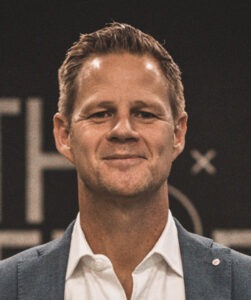
“Whether you’re a die-hard spinner or a weekend warrior, all the HIIT- and HISS-style classes on gyms’ timetables – coupled with a modern lifestyle that sees us hunched over a computer by day and binge-watching Netflix by night – means it’s vitally important to build some recovery and regeneration into our lives.
“Of course, HIIT and HISS has its place. It works. But too much of a good thing isn’t always a good thing.
“What’s needed is a shift in both mindset and programming, with every operator thinking about how to bake recovery and regeneration into their offering – and how to educate members along the way.
“At Midtown, we’ve built out two signature programmes: ReGen and StretchRX.
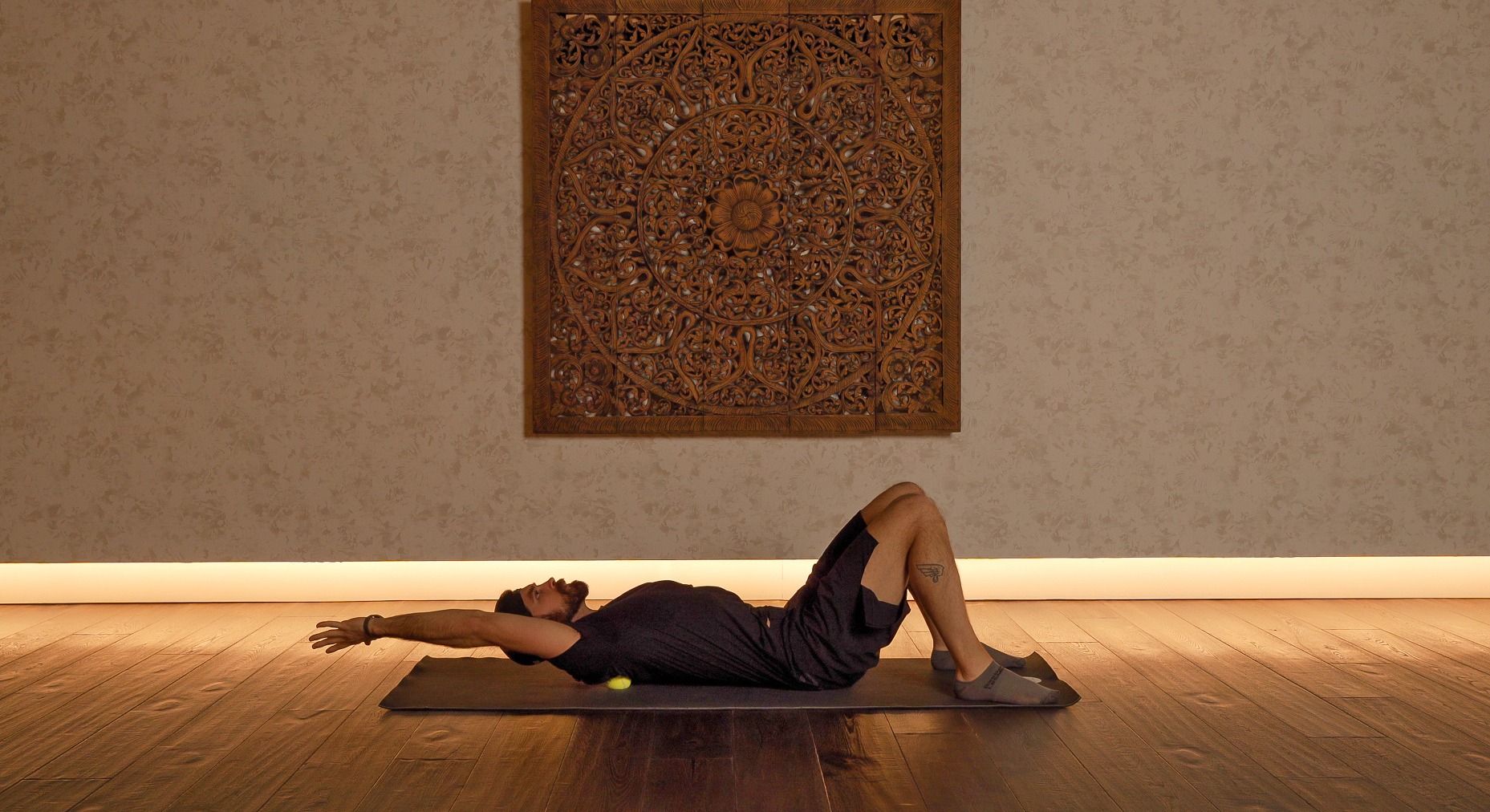
“For ReGen, think 60 minutes of myofascial release and trigger point work with foam rollers, tennis and lacrosse balls in our Samadhi (mind-body) studio. The lights are low, the room is warm, instrumental jazz plays in the background. It’s an experience: painful, but rewarding. It’s strategically placed on our group programming schedule and we’re seeing members – myself included – go out of their way to attend, building this class into their weekly routine.
“Meanwhile, the methodology of the StretchRX programme involves 30 minutes’ stretching and mobilisation using recovery and percussion tools. Carried out on massage tables in stretching and recovery areas around the club, this is a paid session delivered by a StretchRX coach.”
EXPERT INSIGHT
Know your audience – Jon Johnston, Reiver founder + UK distributor, BODY BIKE

“I suspect most gym-goers have a maximum of three or four workout days a week, which may make recovery less of a priority in their minds. However, doing nothing isn’t always the best recovery tool, and operators may be missing a trick – particularly for beginners and older adults – if they aren’t including some easier, recovery-focused (or simply steady state aerobic) cycling sessions on their timetables. A great option for a more sociable class, this is also an opportunity to educate on important but often overlooked aspects such as cadence, technique, mobility – and, of course, recovery.
“Structuring recovery into the programming is also vital for experienced, regular exercisers, albeit the format may differ. For example, the concept of polarised training – making easy sessions easy and the hard sessions properly hard – is gaining popularity in ‘serious cycling’ and has been shown to be very effective in steering riders away from a middle zone where levels of fatigue increase and improvement plateaus.
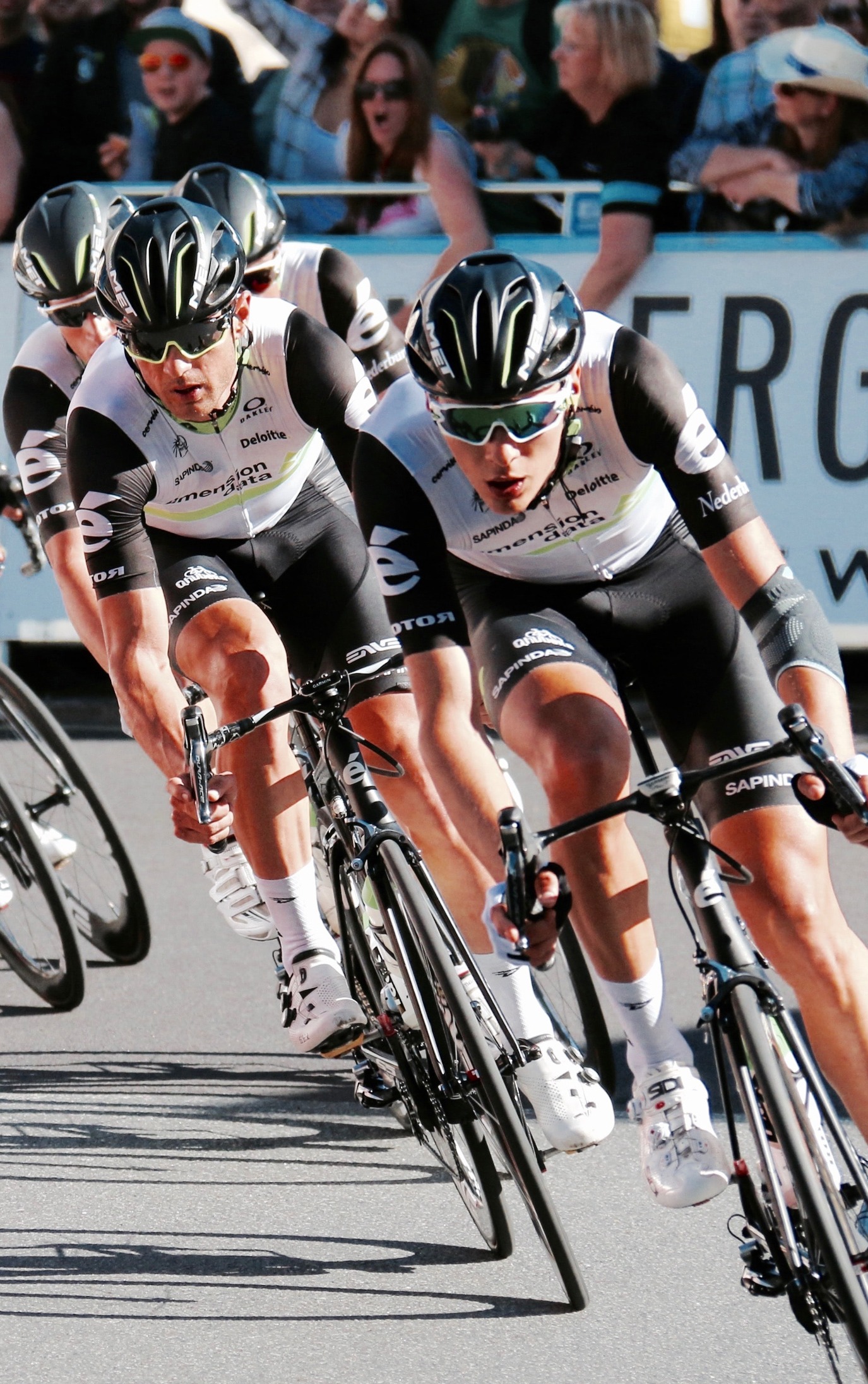
“Goal-orientated workout periodisation isn’t something clubs and studios have really got on top of yet, though. Periodisation is all about dividing a training season into smaller, more manageable phases, structuring training – including when to increase or decrease workload – to bring an individual to peak performance at the right time and manage performance across a long period.
“At the heart of this is avoiding overtraining – and with it the risks of injury, burnout and reduced workout motivation – making it as relevant to gyms as to serious cyclists. This is something the gym industry needs to get much better at, with more structure in the programming from week to week and much more focus on individual goals, fitness levels, motivation and time available to train.”

Conceived, powered and funded by BODY BIKE®, RIDE HIGH has a simple mission: to celebrate and champion the very best of indoor cycling, sharing ideas, stories and experiences from around the world to inspire the sector on to even bigger and better things. Subscribe for free by leaving your details below and we'll send indoor cycling's hottest news direct to your inbox three times a year.

